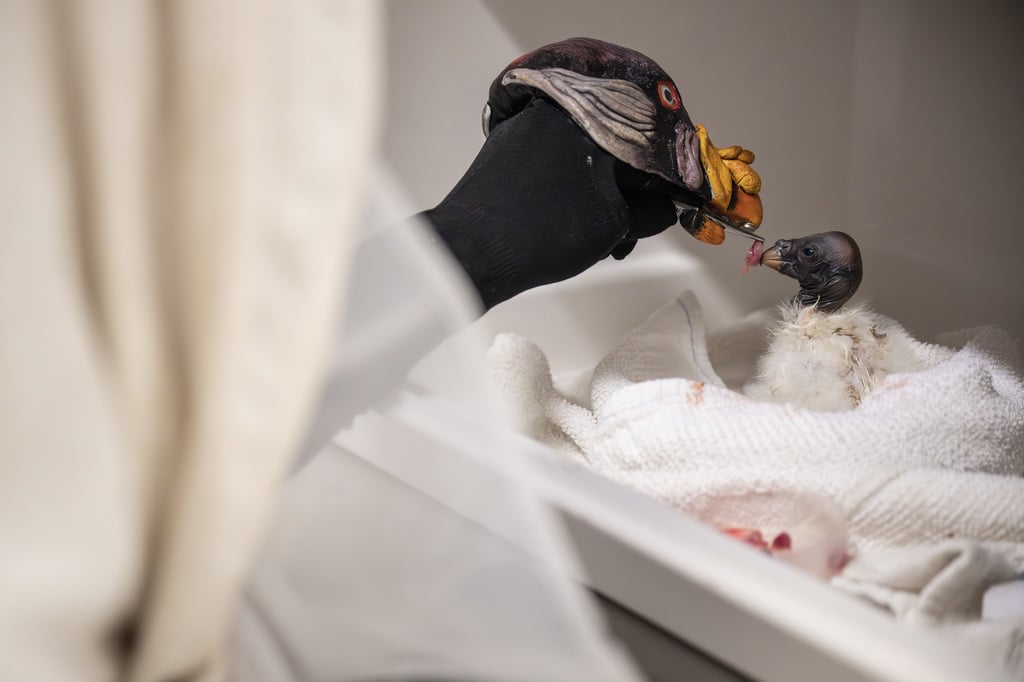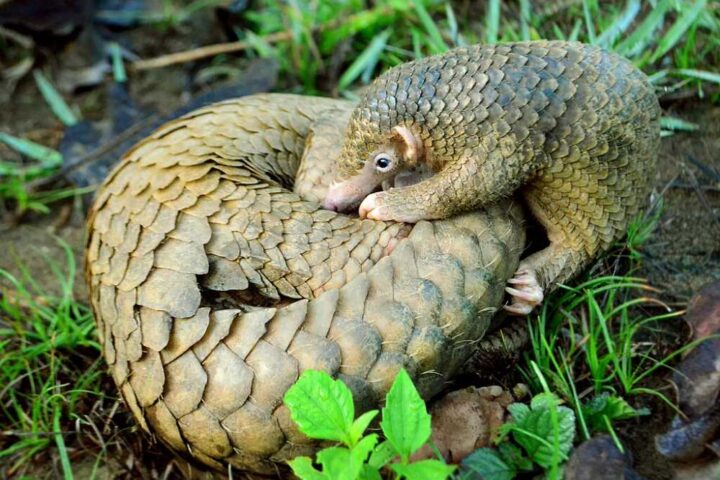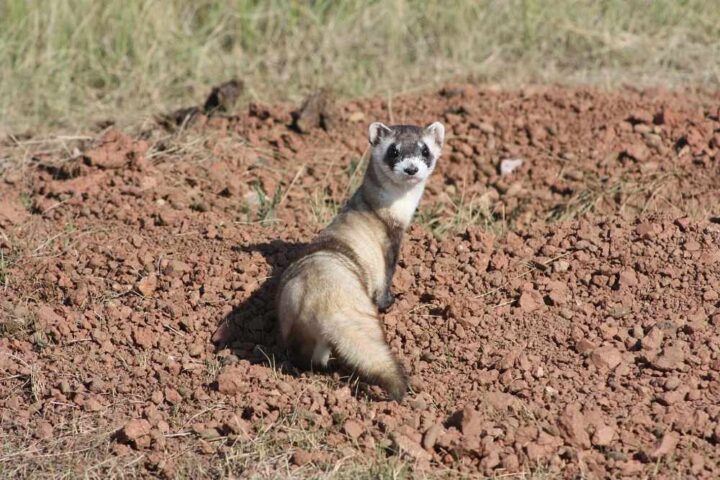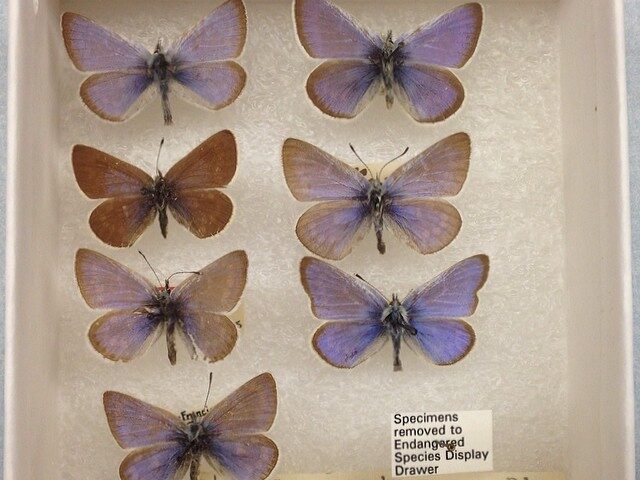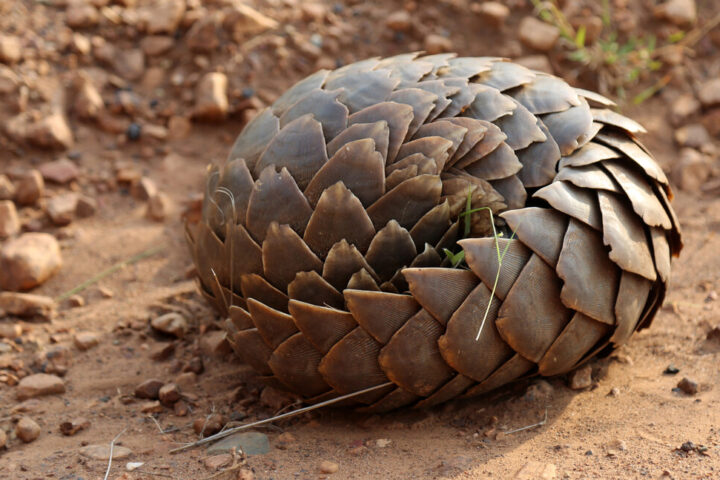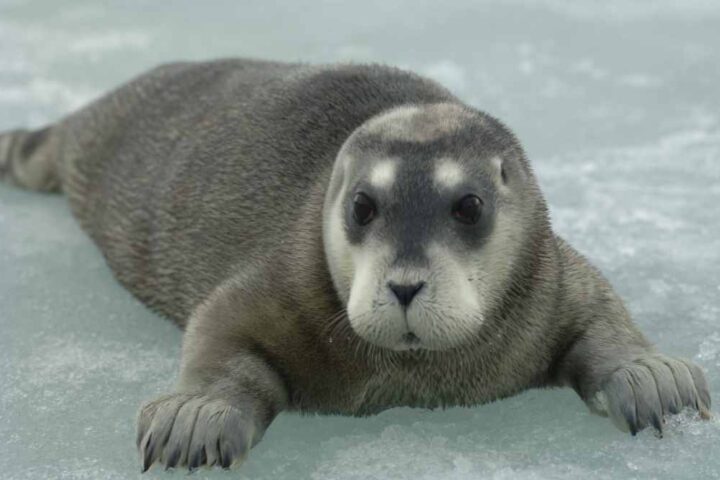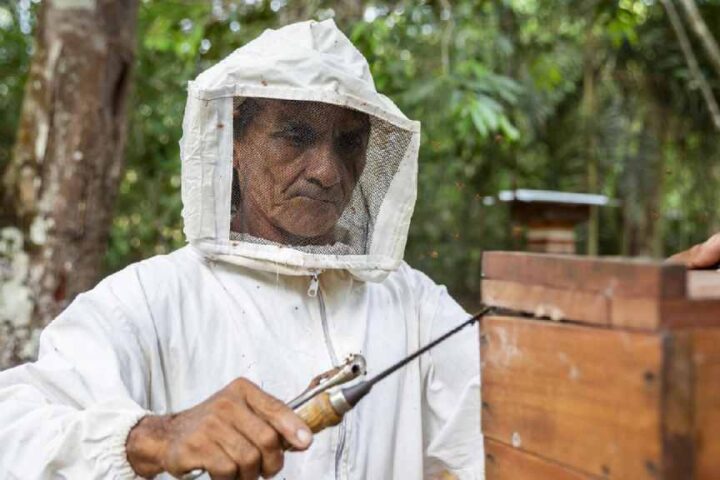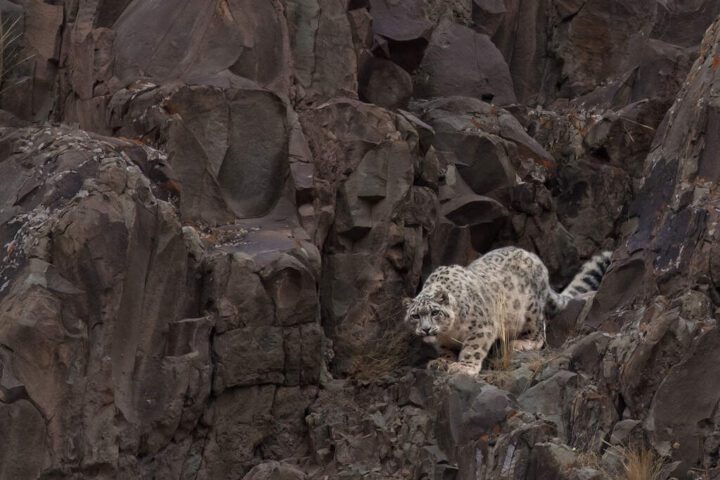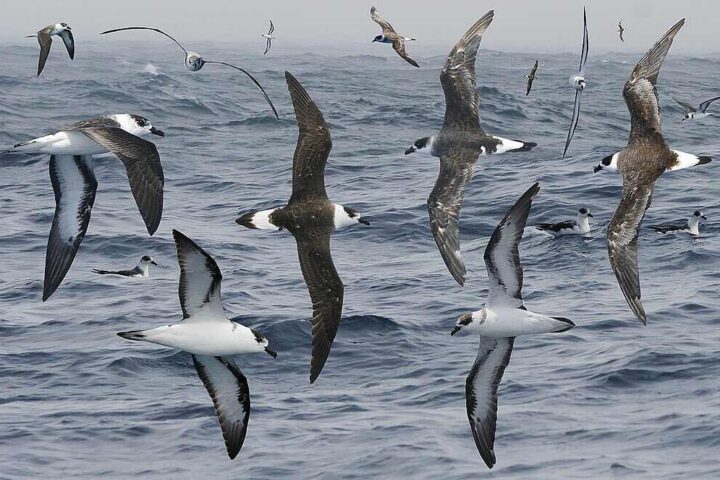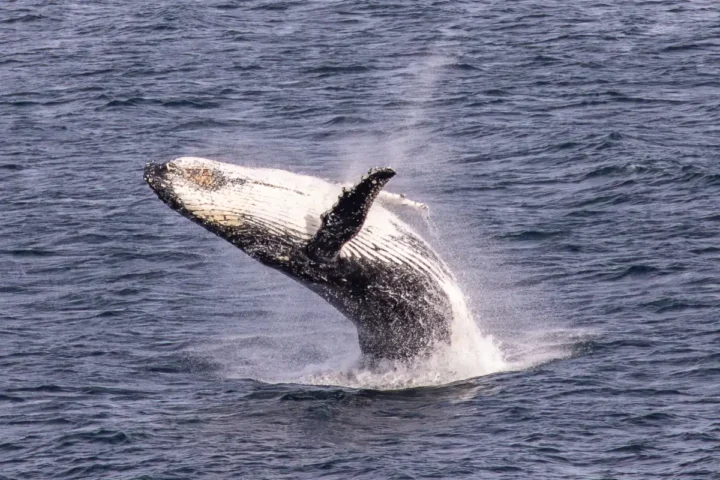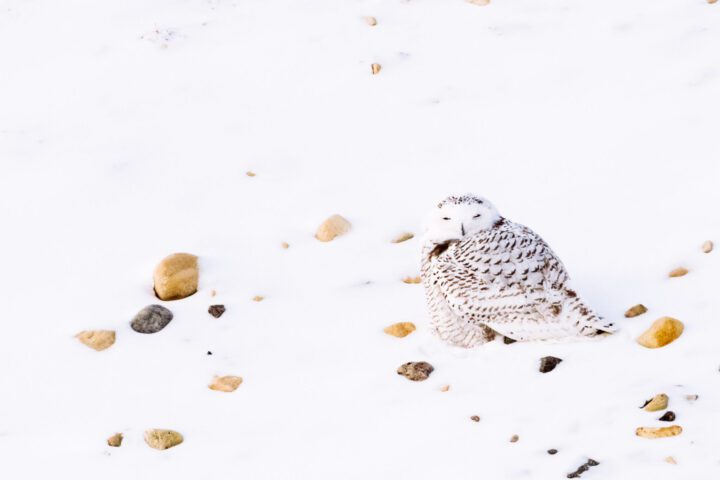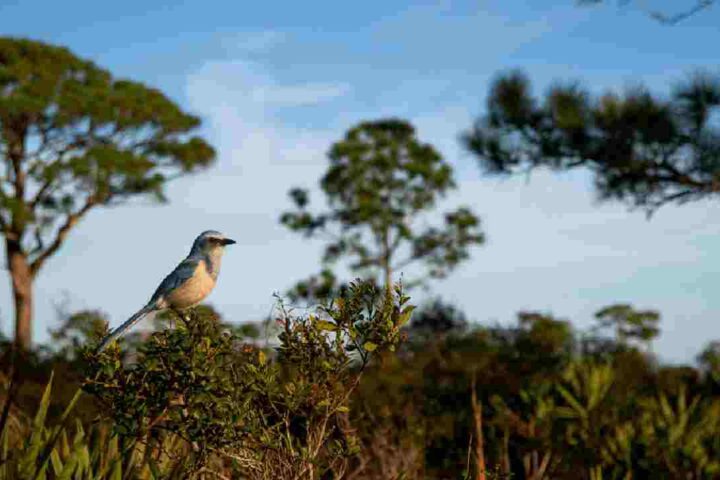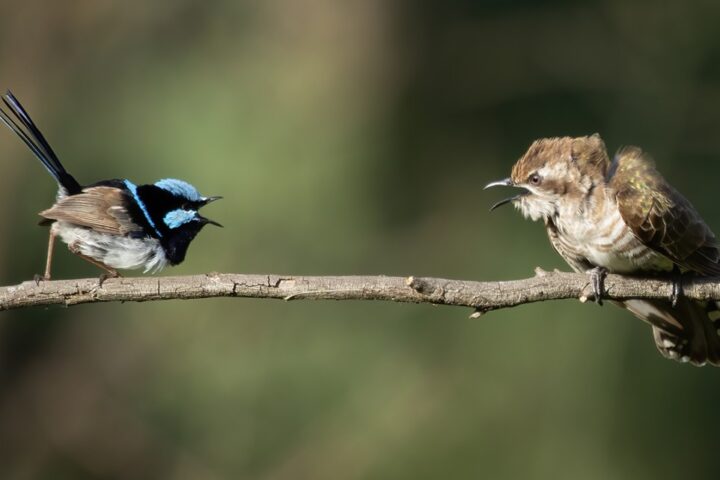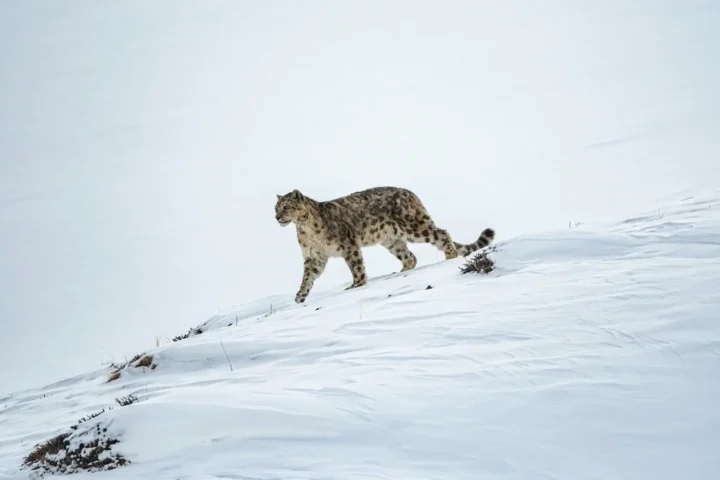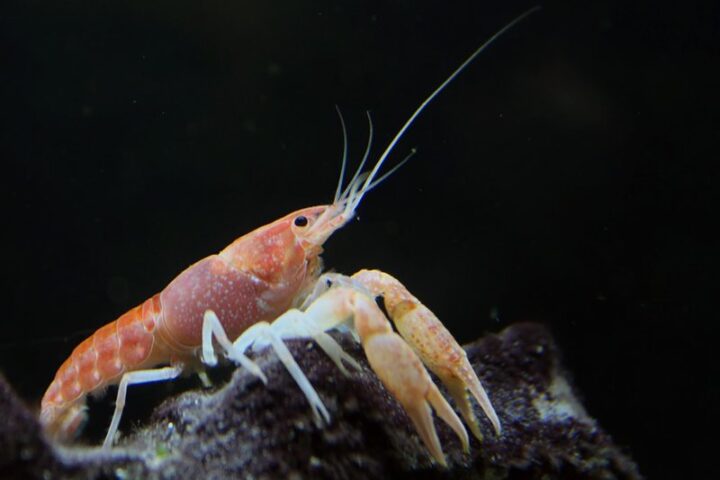A fuzzy white king vulture chick hatched at the Bronx Zoo on February 25, 2025, is getting an unusual start to life. Zoo staff are raising this rare chick with a specially designed puppet that mimics an adult king vulture, helping prevent the young bird from forming inappropriate attachments to humans.
This marks the first king vulture hatched at the Bronx Zoo since the 1990s, ending a nearly 30‑year gap in the facility’s breeding program. The chick carries particularly valuable genetics since its father is 55 years old with only one other living descendant.
“This technique used in hand‑raising the vulture chick incorporates expertise from many at the zoo including animal care staff, veterinarians, and artists,” explains Chuck Cerbini, Bronx Zoo Curator of Ornithology. “It’s a good example of the extent we go to ensure the health of individual animals and of species’ populations.”
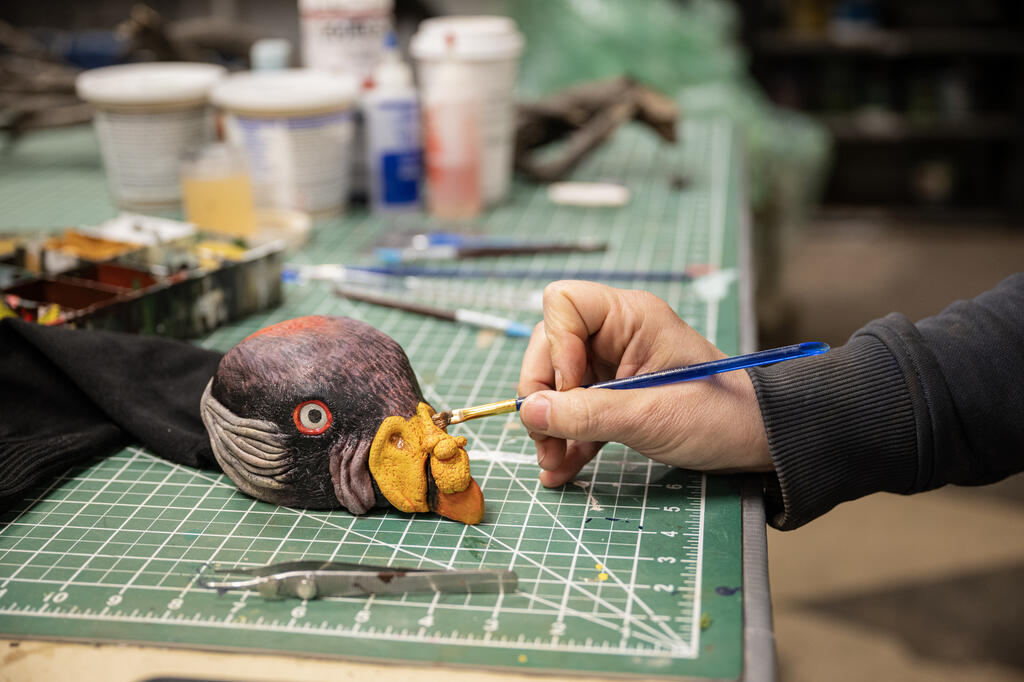
The puppet‑rearing method targets a key challenge in avian conservation: imprinting. When newly hatched birds first open their eyes, they typically form a strong bond with whatever they see as their caregiver—whether that’s an appropriate parent or a human keeper. By using a lifelike vulture puppet created by the zoo’s Exhibition and Graphic Arts Department, keepers can feed and care for the chick while remaining hidden behind costumes that conceal their human features.
Currently, staff feed the chick once daily using the puppet, minimizing human contact during this critical developmental period. The brooder serving as the chick’s nest sits strategically near an adult king vulture in an adjacent enclosure, allowing the young bird to observe natural vulture behaviors.
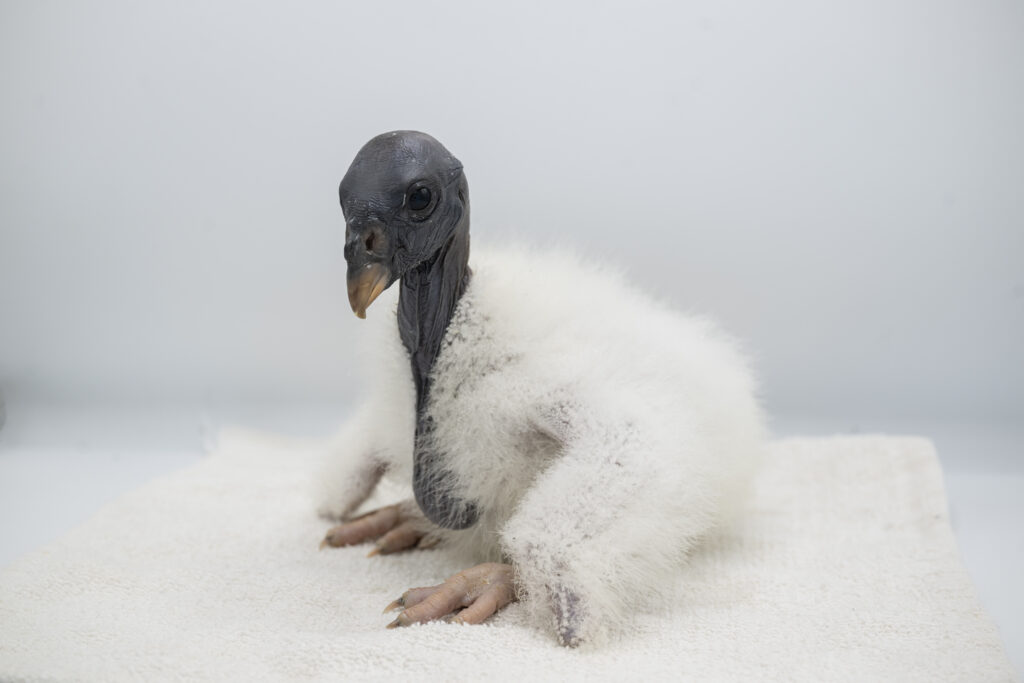
“In an adjacent, separate enclosure to the chick is an adult king vulture which allows the chick to have exposure to appropriate king vulture behavior,” notes Cerbini. “That’s another important step we take to ensure the chick grows into a healthy adult bird and is properly socialized as a king vulture.”
The puppet technique has deep conservation roots at the Bronx Zoo. First developed over four decades ago for endangered Andean condors, the method helped raise three chicks in 1980 that were successfully released in northwestern Peru the following year. The approach has since become standard practice for raising scavenging birds destined for conservation release programs, including work with the critically endangered California condor.
Similar Posts:
King vultures (Sarcoramphus papa) range from southern Mexico to northern Argentina and northern Uruguay. Despite being classified as “Least Concern” by the International Union for Conservation of Nature (IUCN), these striking birds face increasing pressure from habitat destruction and poaching.
The chick’s development will follow predictable stages—currently covered in white down feathers, it will gradually develop juvenile plumage around its fourth month. Full adult coloration with the distinctive orange, purple, and red bare skin on the head won’t appear until approximately four years of age.

Data collected during this specialized rearing process doesn’t stay within the Bronx Zoo’s walls. Keepers share valuable husbandry information with other zoological institutions and field conservationists working with wild vulture populations, creating a knowledge network that strengthens conservation efforts throughout the Americas.
For the Bronx Zoo, this successful hatching represents both a victory for genetic diversity within the managed population and a demonstration of specialized conservation techniques refined over decades of work with scavenging birds.
